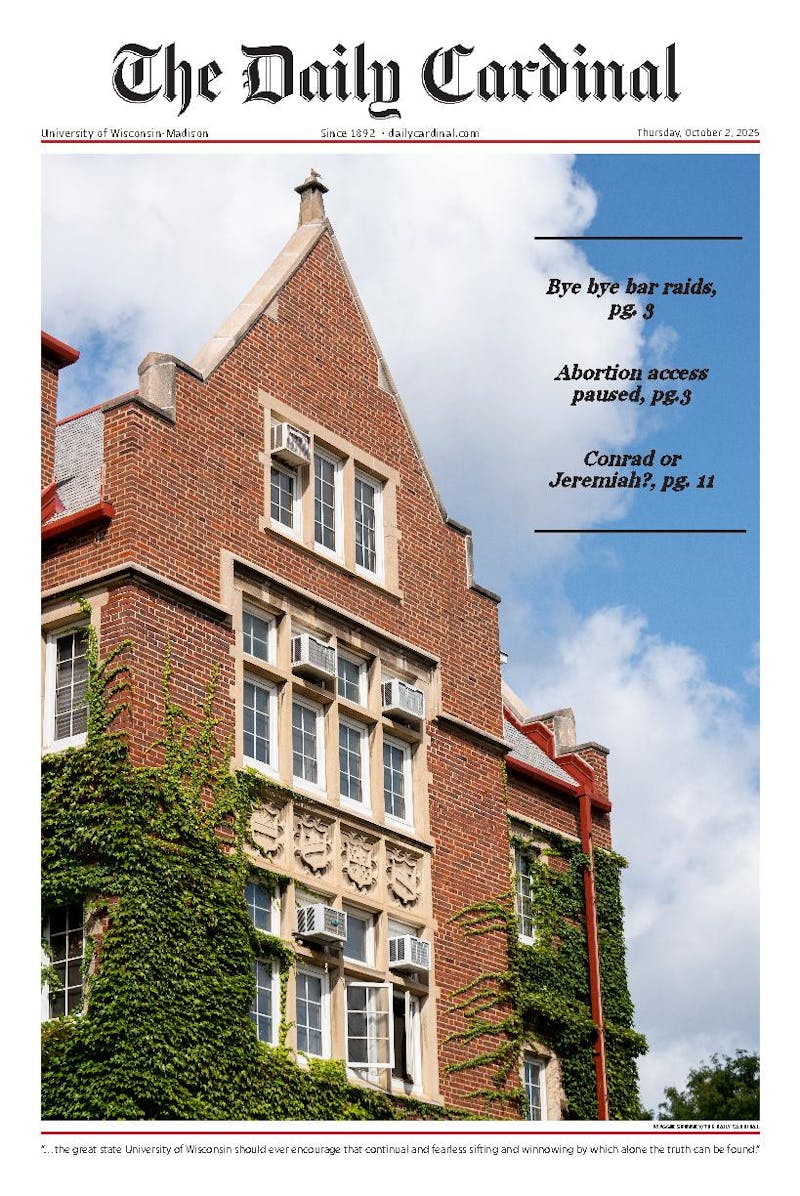In the 21st century, most artists already have a perfectly designed genre to describe their band’s music. Adding the suffix “core” and the prefix “post” can instantly place any obscure or underground act into a pre-determined niche. Post-hardcore, grindcore, post-punk, post-punk revival and even the hilariously named post-blues (this is a real thing, I am not making this up) are among the myriad of ridiculous examples of sound identification today. This brings the discussion to another baffling style: slowcore.
Slowcore acts began gaining significant momentum at the turn of the early ’90s. While many artists were channeling the more aggressive themes of the recently forgotten punk era, slowcore bands focused more on slow tempos, hazy vocals and lyrical content that made you want to turn off the lights and have a good cry. Bands that perfected this style at the turn of the decade are now considered visionaries. Talk Talk’s 1991 masterpiece Laughing Stock and Red House Painter’s 1992 debut Down Colorful Hill are now considered essentials to understanding this movement and were major stepping stones to future ideas such as dream pop (and you thought I was done).
The problem with slowcore, however, is the genre itself. Its basic elements don’t lend themselves to further creativity. Only a handful of albums overcome this barrier. Thus, this history lesson of slowcore ends as the focus now shifts to bell monks’ 2010 debut, lullabies.
Madison-based quintet bell monks describe their sound as “music for the fog on nights that stretch into dawns, combining simple humming lines with swirling textures.” This couldn’t describe lullabies more perfectly, as the album sends its listener into a whirlwind of emotion and ambient sounds. The band truly understands its influences, typified by their acute sense of instrumentation and vocal harmonies.
Listeners are immediately drawn in by the slow, yet driving beat of “a collar and a chain.” Eric Sheffield’s distinct baritone voice quietly mutters seemingly indecipherable phrases. “Calling” is the first understood word as the rest of the track sets up the quick transition to “among the stars.” The change is jarring yet welcomed as the song guides the listener with irregular drumbeats and the brief taps of a faint marimba. It is at this point where one starts to think, “This might be the greatest piece of music in existence.”
Sadly, no other songs on the record exemplify this. The album goes on to repeat similar melodies heard within the first two songs and taps into previously explored ideas from early slowcore bands. “Brittle hands” sounds like it could easily be on a Red House Painter’s B-side collection. “Solace” and “space” provide comforting sounds, yet it is hard to listen to them without being reminded of Brian Eno’s shockingly named Ambient series.
The light at the end of the tunnel is “as the sun comes up,” a brilliant seven-minute piece that is a whirlwind of cataclysmic buildups and releases. The song breathes new life into the now battered, beaten and almost fully broken genre of slowcore.
It’s a shame the rest of the album doesn’t live up to these amazing and beautiful tracks. Yet, can one blame bell monks? Absolutely not. The problem lies within the parameters of the genre set out by aforementioned '90s groups. As previously stated, slowcore’s basic elements provide little innovation for future bands.
All that can be said about lullabies is that it is a valiant effort to try and bring new hope to this long-forgotten era of music. However, the record falls short of the greatness achieved by the revered pioneers of slowcore. Will artists such as bell monks continue to try? Yes. Will they succeed? Very doubtful. But lullabies is certainly an indicator that maybe, just maybe, something great can happen in the lost world of slowcore.





